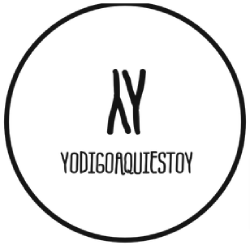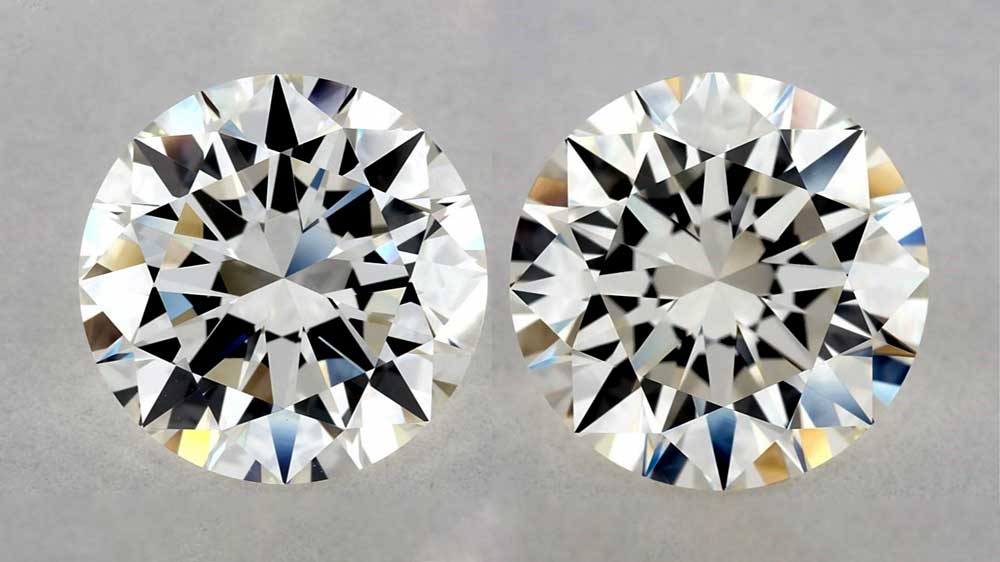It’s really no surprise that, as the world’s most popular gemstone, diamond has its share of imitators. From synthetic diamonds out of a lab, to lookalikes, the market is swamped with things which do resemble real diamonds. Unless you know where to look, of course.
One of the more popular options is cubic zirconia. It has become a very popular substitute for diamonds, especially for engagement rings.
The question that we’ll address in this article is whether it is a genuine replacement for diamond engagement rings or not?
What Is Cubic Zirconia?
Although the natural mineral at the heart of cubic zirconia, baddeleyite, has been around since 1892, it took nearly a century before a “workable” form appeared. As it is a natural form of zirconium oxide, the mineral has an extremely high melting point. This puts limits on the ease at which it can be developed for specific applications. Despite this, the structure of zirconium oxide is incredibly stable. As a result, finding real-world applications for the crystals became a priority.
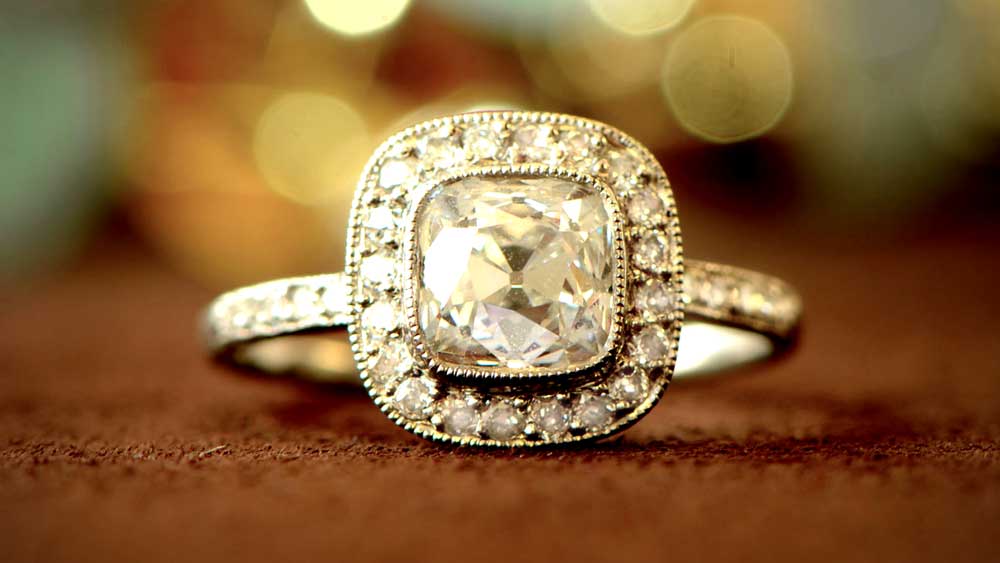
Due to the rarity of the natural mineral, the synthetic growth of cubic zirconia crystals became the main focus for research . Eventually, in Russia in 1973, scientists perfected a method which allowed large crystals to be lab-produced. The first commercial production of cubic zirconia occurred in 1976, and production peaked in 1998 at around 400 tonnes.
The crystals produced are almost always colorless and completely flawless. As you would imagine, as something which resembles a D color, flawless diamond, but for a tiny fraction of the price, cubic zirconia got very popular very quickly.
What Makes It Different?
Although, at first glance, it is difficult to tell CZ and diamonds apart, there are many differences. They are not the same material, of course. Whereas CZ is zirconium oxide, diamond is entirely formed from carbon. This fact, alone, brings many differences with it.
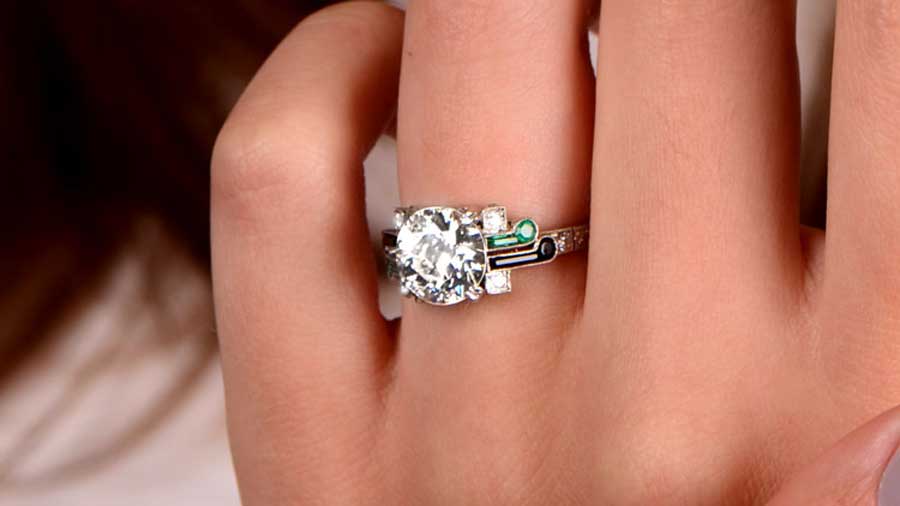
We’ve already mentioned that cubic zirconia is almost always flawless and colorless. Such diamonds are very rare, and very expensive. This might make CZ look an attractive proposition, but it’s not quite so clear cut. If every single CZ stone of the same weight is identical – and they are – then the character which makes diamonds so beautiful is missing. Antique diamonds, in particular, have a history and have their own little quirks and flaws. This makes them truly unique, something you will never get with CZ.
It is true that smaller stones can be difficult to tell apart, but the two have inherently different ways of dealing with light. CZ actually produces a lot of fire, and this can be attractive at small sizes. As the carat weight gets heavier, though, the difference becomes noticeable in a way which detracts from the CZ stone. The sparkle produced by large cubic zirconia stones almost looks like a special effect. This usually causes observers to think there’s something “not quite right” about the stone.
Diamonds have a depth to them which CZ can’t match. The brilliance of a quality diamond adds a level of class and sophistication that CZ just can’t compete with.
The Pros of Cubic Zirconia
The obvious, and pretty big advantage of CZ is the price. To put it in some sort of perspective, a 2 carat CZ stone – flawless and colorless – will cost you about $40. Seriously, $40. A diamond which is also colorless and flawless will cost you north of $60,000. If you have a really tight budget, then CZ suddenly is a very attractive proposition.
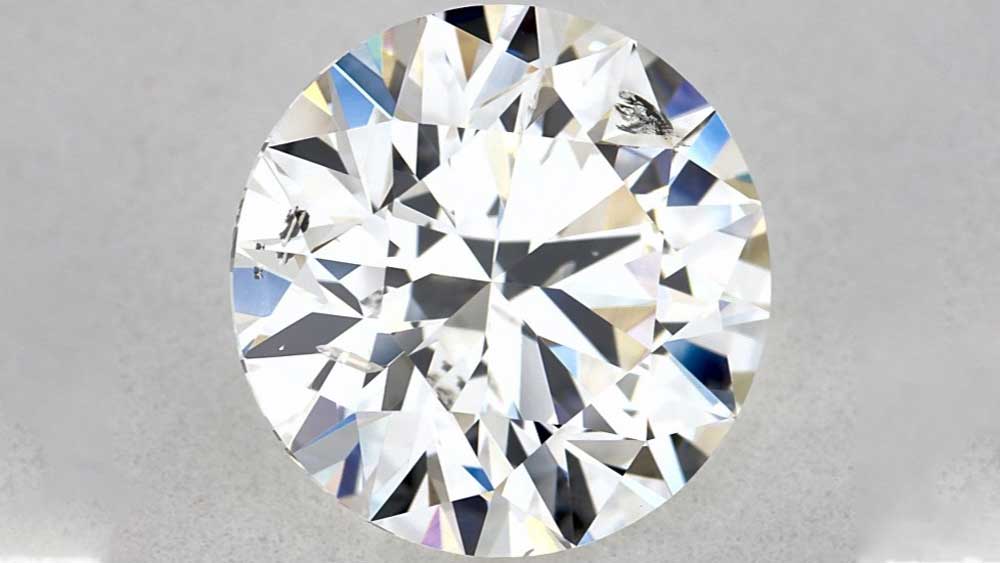
You don’t need a specialist opinion when buying CZ. As all CZ stones are – or should be – identical, then you can buy with confidence. The cut will still matter, but any respectable dealer won’t be selling poorly cut stones anyway.
CZ is hard enough for everyday jewelry. There are some cons to the hardness of CZ, which we’ll get to, but it sits between 8 and 8.5 on the Mohs hardness scale, against diamond’s 10.
The Cons Of Cubic Zirconia
They all look the same. Not similar, but identical. If that doesn’t bother you, then go ahead. But why would you want to wear the exact same ring a million other people have? If you want some sense of individuality, it’ll need to be a diamond.
Although reasonably hard, CZ is prone to absorbing oils from your skin or from the creams you use. This dulls the stone over time, resulting in a slightly milky appearance. Cleaning is possible but, in all honesty, would you bother spending $50 for a ring that cost $40?
The biggest issue with CZ is that it just isn’t a diamond. Imagine wanting to buy a dress for a special occasion, and found you could only buy the exact same dress as every other woman. That’s what we’re talking about with the difference between CZ and a diamond.
Experts jewelers, and even expert photographers (who are used to getting close up to the diamonds), will usually be able to easily identify the differences between a cubic and a diamond.
FAQ
In this section, we present some most asked question about Cubic Zirconia:
Is Cubic Zirconia truly a substitute for Diamond for an engagement ring?
Although Cubic Zirconia looks like a real diamond and also very cheap as compared to it, Cubic Zirconia doesn’t hold its attractiveness well for a longer period.
Since occasions like engagement and wedding ceremony come not often in a life of a human being, so we want to make it special and gives our partner a precise gift that describes our love and can hold its beauty last long.
Nowadays, many people go for Cubic Zirconia instead of the real diamond because of its cheap price, but its resale value is almost nothing. On the other hand, for the investment purpose also diamond jewellery provides a lot more opportunities. The trick is that you have to do your homework about it.
In a nutshell, if you have a budget for a real diamond, then go for it. Of course, there is nothing like a real one, but if you have a tight budget go for Cubic Zirconia, it also looks great.
Can water affect the quality of cubic zirconia?
Yes, water can reduce the quality of Cubic Zirconia stone, but it does not mean that one simple wash or sprink of water will reduce the quality of your stone.
It will only happen if you do water-related activities like swimming, bathing, dish and cloth washing while wearing the Cubic Zirconia for years.
That is because the element of water like chlorine can impact your stone, so it is recommended to take off your stone while doing water-related activities for its better life.
Can Cubic Zirconia get Cloudy and rusty, and How to Clean it?
Normally the inexpensive metals used for jewellery settings like brass, sterling silver, and gold-plated alloys can become rusty due to the exposure of oxygen in the air and water.
However, Cubic Zirconia does not get rut but can get cloudy after a certain time because of scratches, Exposure to oxygen, contact with water frequently for the longer period and mineral residue.
These could become a possible reason for cloudiness in your stone, although you can clear your stone with the help of soapy water and soft cloth by giving it a gentle massage, but once it gets cloudy, it might not be possible to restore its original quality and shine.
What is the normal life of a Cubic Zirconia?
How long your stone lasts depends primarily on your usage. If you wear it daily, then probably it will faint in between two to three years.
But if you wear it occasionally, it can last up to five years. However, its gets cloudy over time.
The Lab created Diamonds and Cubic Zirconia both are the same?
No, Lab-created diamonds are not the same as Cubic Zirconia. Instead, they consist of the structure of carbon atoms, the same as real diamonds. Although lab-created diamonds are synthetic, just like a mirror image of the real diamond, the optical and physical properties are the same in both types of diamonds.
What is the Difference between Zirconia and Cubic Zirconia?
In Australia, the first specimen of Zircon was found, and it is estimated that it is 4.4 billion years old. On the other hand, Cubic Zirconia is a newcomer compared to Zircon, although the first cubic zircon was found in the 1930s.
Zircon is said to be one of the oldest minerals on earth, and it contains zirconium silicate, whereas cubic zirconium is made of zirconium oxide.
In starting, Cubic Zirconia was a rare gemstone. However, scientists started testing its synthetic varieties after, around the year 1970, they successfully created the synthetic Cubic Zirconia and launched it for commercial purpose.
However, it is very hard to differentiate between two of them by just looking at them. They both look like a real diamond.
Here are some that will help to identify both of them:
- Cubic Zirconia can be easily found and cheaper than Zirconia, whereas natural Zircon is more expensive and rare than CZ.
- Zircon is a natural gemstone, whereas Cubic Zirconia is an artificial one.
- Cubic Zirconia is one of the most popular substitutes for the diamond because of its cheap price.
- When it comes to hardness on the Mohs scale, Zircon ranks 7.5, and Cubic Zirconia ranks 8.5.
Which one is heavier, Cubic Zirconia or a real diamond?
An interesting fact about Cubic Zirconia is that it is heavy. We can say 75 per cent heavier than a real diamond of the same size.
One can identify the real diamond by its weight if both the stones are of the same size.
Conclusion
It’s easy to point at diamond dealers and accuse us all of bias. We sell diamonds, so of course we’re going to say buy a diamond. But that’s not the right way to look at it.
Ask why we sell diamonds and not cubic zirconia. Profits on CZ can be huge, if you sell enough cut stones. Prices are stable and supply is constant. It’s an easy sell, make no mistake. Buying and selling diamonds is a complicated process which can be fraught with problems. Any mistake will be costly if you buy the wrong diamond, or don’t do due diligence on the provenance of any stone.
And yet, we all still do it every day. To see a great diamond, especially at sizes over 2 or 3ct, is such a privilege. They are truly beautiful things which get better with age.
When we examine a diamond – any diamond – knowing that it is a unique, natural, 3 billion year old thing is just a wonderful experience. A fake, and that’s what CZ is, piece of what is essentially mass-produced glass will just never compete with that.
